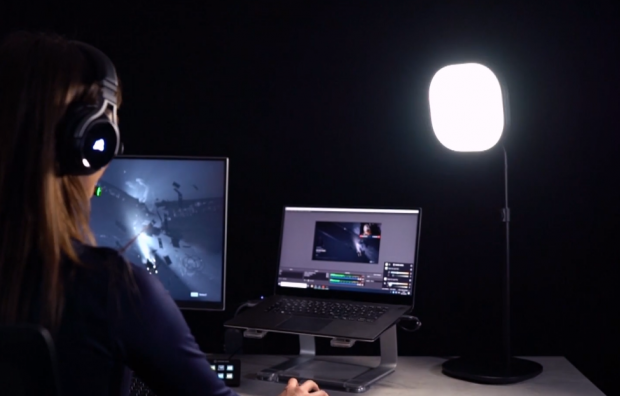

They’re very easy to set up, usually don’t require specific drivers and often have automatic noise suppression.

USB gaming mics: These interface with your PC via a USB port and, thus, feature an integrated analog-to-digital converter (ADC) that changes the analog mic signal to digital data.When used properly, such mics can offer higher quality and more versatile recordings. The other is XLR-based studio mics, and they require an audio interface. It’s less helpful in a gaming environment, but in a pinch you can use an omnidirectional mic to record more than one vocal in close proximity.Īs great as USB-based gaming mics are, they are but one of two options for the streamer, competitive gamer or home recording enthusiast who happens to play a some PUBG on the side. Its best use is capturing room noise and ambient sounds, like crowd chatter or reverb from a loud instrument or drumkit. Omnidirectional: These live on the opposite end of the spectrum from hypercardiod mics and listen in all directions, from every angle around it, front and back.

If possible, it's always better to use separate mics to to record multiple voices. It's ideal for recording two vocals simultaneously, one on either side of the mic. Think of it like taping two hypercardioid mics together and having them face opposite ways.


 0 kommentar(er)
0 kommentar(er)
